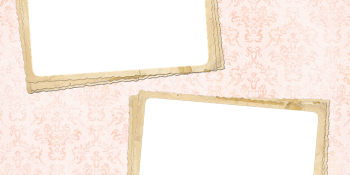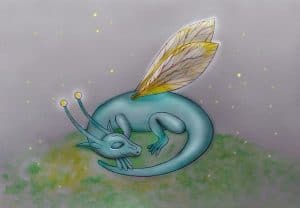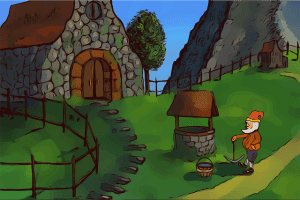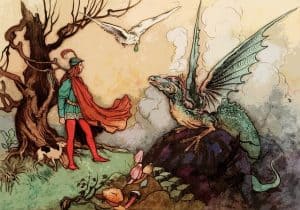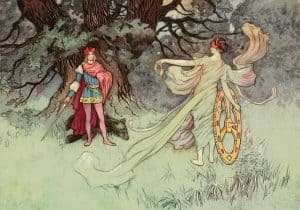Did you know that Salvador Dali worked with Disney back in the day? Did you know what he used to have for breakfast?
…
…
…
Give up?
A bowl of surreal.
Talking about painting and drawing. Here’s a question for you.
Why did the paintbrush see a doctor?
…
…
…
Give up?
Because it had a stroke.
Okay, let’s get into how to create a storyboard for a movie.
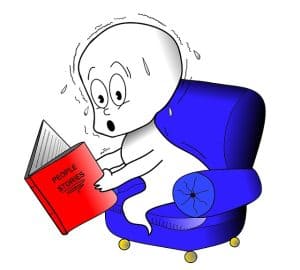 What is a storyboard?
What is a storyboard?
A Storyboard helps to plan out and visualise the entire film, short film, commercial or documentary during the pre-production stages of filmmaking.
Before bringing the film to life the order in which the storyboard is in help to see the idea clearly, bringing clarity to what scenes need working on or changing according to the budget. Storyboards show the scenes through illustrations, writing, photography, animation and colours to highlight something particular, an idea, the atmosphere of the scene or its background through the plot and the ending of the film, short film or animation.
Documentaries, feature films, short films or any sort of film, even animation generally have storyboards. Today one can still use illustrations, and manual ways of creating storyboards and over recent years filmmakers and their teams use online software tools as well.
The idea of the storyboard is to move words to images almost like a graphic novel of the script to motion. A storyboard is a trial run of the finished film, animation, commercial, documentary, or video.
How to create a storyboard for a movie
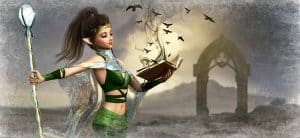 1) Establish the aspect ratio
1) Establish the aspect ratio
This is the size and shape of the frame of the camera. There are industry-standard aspect ratios such as 1:1, 16.9, 4.3 and 5 others. Recent software for storyboards already has the choices for the filmmaker’s disposable for use on how to create a storyboard for a movie for the design of the images by the aspect ratio. With filmmaking software or even hand-drawn illustration, one can select the various camera movements by using arrows.
2) The storyboard has the key scenes that align with the script
Highlight the location, and the particular items required in those scenes that goes with the plot that helps the script flow from scene to scene.
E.g., a Documentary with Michael Jordan
Drive into the driveway where Michael Jordan will greet you himself. He will be waiting out front the moment his assistant lets him know that you are entering the premises. Michael Jordan is aware of the meeting and greeting scene and that it will be recorded in front of his house so that his personalised house number (that of his NBA jersey number) can be seen in this scene.
He will head to his private basketball court where scene two can be shot. He will shoot some hoops and stop and talk to the camera.
Michael Jordan will take you on a tour of his house so that the scenes showing how much of a basketball geek he is can be caught on camera.
3) Formulate each scene with a number and title (shot list) – Timeline
How to create a storyboard for a movie helps with linking the script out in order from the beginning to the end so that every scene can flow from one to the next.
4) Add imagery, sketches, footage, photography
Depending on what sort of script is being worked on suitable material will be used to further visualise the story and the flow. If it’s reality TV then photos and footage are common, maybe a film location where photos and footage help with the location or an idea of the scene in how to create a storyboard for a movie, as for fictionalised characters or animation, sketches work best to further illustrate the concept of the story, and its scenes.
It doesn’t require a professional illustrator to draw out the idea, as long as it’s effective and can be made understandable and clear by the use of stick people, arrows to represent forward or backward motion or rough drawings. The use of freelance storyboard artists can also be acquired at a reasonable price.
 5) Detail each scene
5) Detail each scene
In how to create a storyboard for a movie, here, sound, camera angles, lighting, special effects, props and shots that have to be in the scene needs to be highlighted. Help the team with much detail as possible to evoke some important parts of the scene such as drama, intrigue, etc. so that the story can transition more inspirationally, and powerfully. As much as possible detail each scene so that the team understands how it should look or what is it that is required to create specific emotional responses from the viewers and how it would look as a moving sequence. The characters, the parts that need to be in the scene, the mood, the behaviour of the characters and the style need to be laid out as clear and concise as possible. Do not use too much detail where the key moments of action of that scene get clouded by crowded information. Details can be in the form of written notes in the shot list.
6) Invite the team to run over the scenes
At this point, the team can share their version of how each scene comes across, any misinterpretations or what they think would need changing. All changes and adjustments can be made here before the final production. Cloud-based software makes sharing easy.
 7) Reference the storyboard
7) Reference the storyboard
The storyboard can be printed on that day with the date but today storyboards can be accessed online through phones and laptops.
This video helps to identify and understand all the steps above that helps with preproduction and production in how to create a storyboard for a movie. In this link (in 7 minutes) the idea in the points described above is nicely laid out.
8) Allow for the storyboard to modify
Sometimes sticking to the storyboard can be confining and doesn’t give the filmmaker the freedom to use their creativity. To be able to take the idea or even better it with the input of the filmmaking crew can make the film, commercial, or documentary catch something particular (a hack, removal and addition of a new idea) and that may just be the reason/reasons why it becomes a big hit. It depends on the Director too, whether for him/her it’s just a guide to follow to get the concept, timing, perspective and budget a little more accurate.
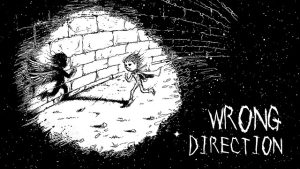 The aim of a storyboard
The aim of a storyboard
- No extra cost on special effects, video production and unnecessary shots.
- A way to organise and make what could be a potentially difficult shoot day easier and efficient.
- Communication tool to turn the vision into production.
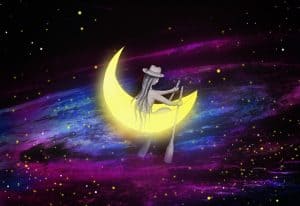
Okay, I won’t give you one of those bad jokes now, oh! It’s like that huh?! Alright then!
Why is thunder after lightning?
…
…
…
Give up?
Even God has to wait for sound.
I have left some further resources that I found amazing below. Have a look through them, there are some nice examples and videos that show you how to create a storyboard for a movie. They also tell you more about additional software that is good for storyboards. I know of Storyboard Animator’s free and pro versions.
https://www.careersinfilm.com/how-to-storyboard/
https://filmlifestyle.com/how-to-make-a-storyboard/
https://www.wikihow.com/Create-a-Storyboard
https://boords.com/how-to-storyboard/short-film
https://artlist.io/blog/how-to-create-a-storyboard-for-your-film-download-a-free-template/
You can also have a look at How to create a storyboard for a movie short video.
Drop us a comment below and follow us or share this article on Instagram, Tiktok, and Facebook.
In the next article, I will be going into how to write a press release statement.
Yours sincerely
T. Dench Patel


